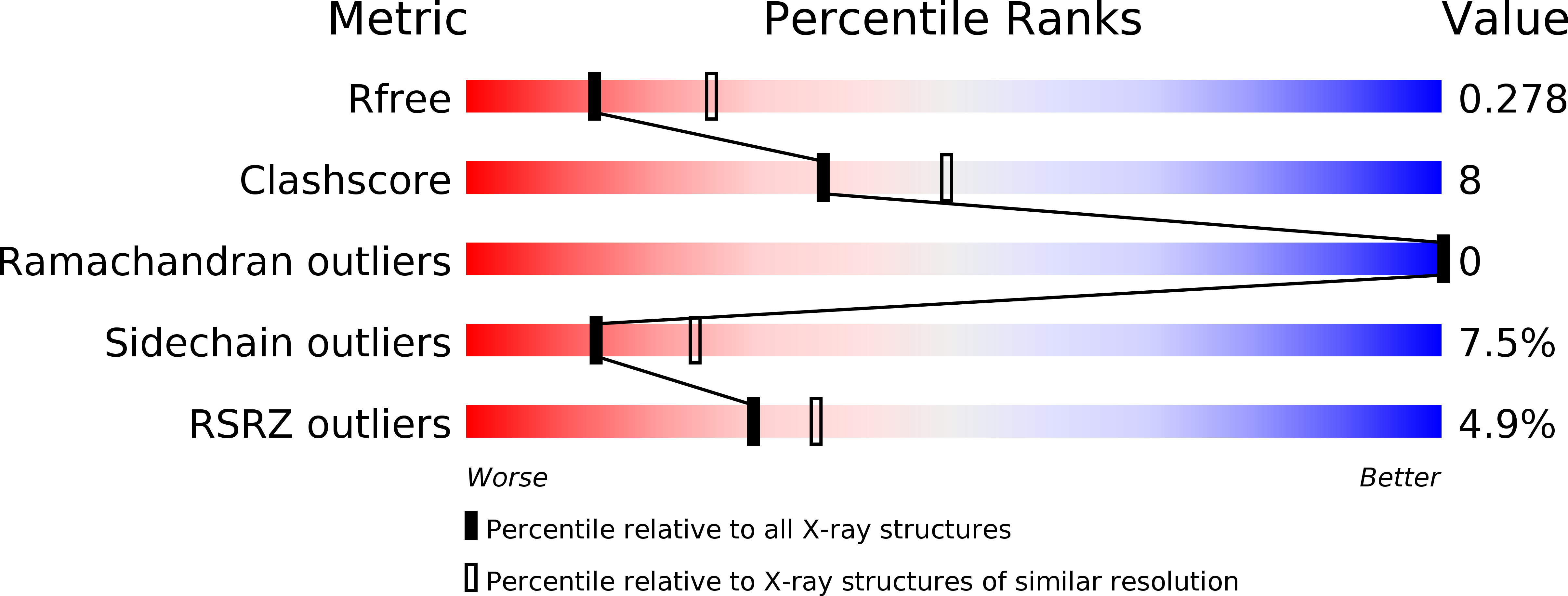
Deposition Date
2016-09-29
Release Date
2017-01-18
Last Version Date
2024-10-16
Entry Detail
PDB ID:
5GZO
Keywords:
Title:
Structure of neutralizing antibody bound to Zika envelope protein
Biological Source:
Source Organism:
Zika virus (Taxon ID: 64320)
Homo sapiens (Taxon ID: 9606)
Homo sapiens (Taxon ID: 9606)
Host Organism:
Method Details:
Experimental Method:
Resolution:
2.76 Å
R-Value Free:
0.27
R-Value Work:
0.23
R-Value Observed:
0.23
Space Group:
C 1 2 1


